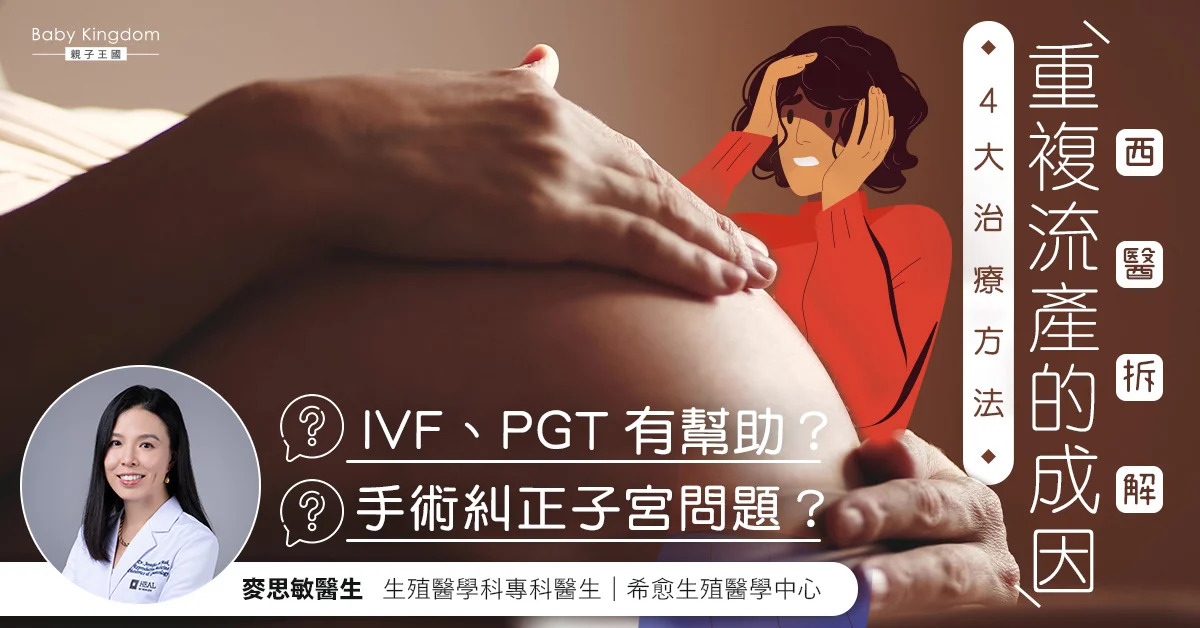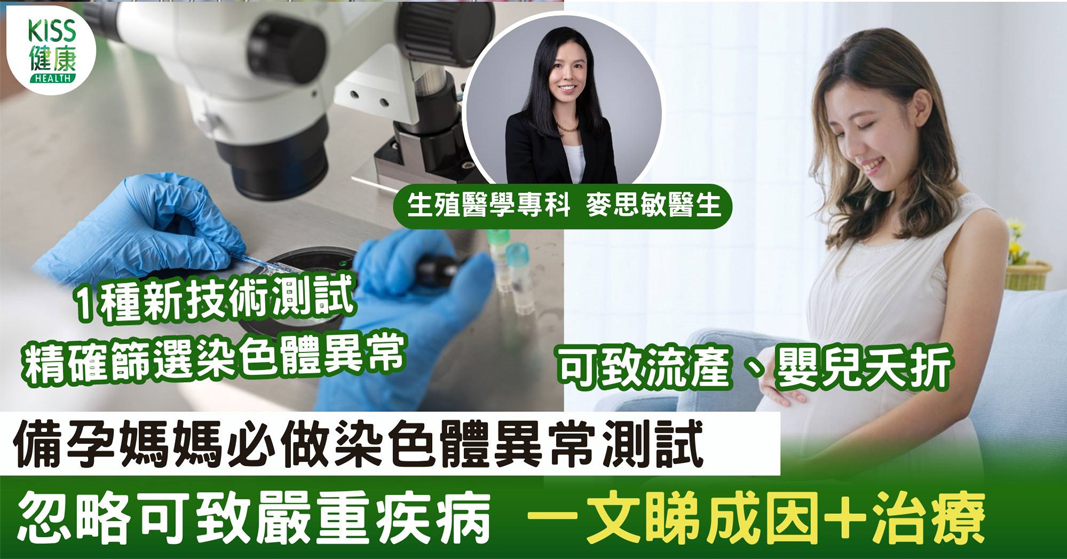
Dr Jennifer MAK Sze Man
Specialist in Reproductive Medicine
Honorary Associate Professor of Practice in Reproductive Medicine, Department of Obstetrics and Gynaecology, Faculty of Medicine, CUHK
Qualification
- MB ChB (CUHK)
- FRCOG
- FHKCOG
- FHKAM (Obstetrics and Gynaecology)
- CERT RCOG (Reprod Med)
Scope of Services
- Infertility
- Polycystic ovary syndrome
- Endometriosis
- Recurrent pregnancy loss
- Repeated implantation failure
- Early pregnancy assessment
- Intrauterine insemination
- In-vitro fertilization
- Pre-implantation genetic testing
- Reproductive surgery
- Hysteroscopic surgery
- Laparoscopic surgery
- Emergency contraception
- Contraception
- Menopause
- Adolescent gynaecology
Publications
- Hyoscine butylbromide in pain reduction associated with ultrasound-guided manual vacuum aspiration: a randomized placebo-controlled traditional
- Ovarian reserve and recurrence 1 year post-operatively after using haemostatic sealant and bipolar diathermy for haemostasis during laparoscopic ovarian cystectomytraditional
- Green tea extract as a cryoprotectant additive to preserve the motility and DNA integrity of human spermatozoatraditional
- Assisted reproduction in hepatitis carrier couplestraditional
- Embryo migration following ART documented by 2D/3D ultrasoundtraditional
- Ovarian HBV replication following ovulation induction in female hepatitis B carriers undergoing IVF treatment: A prospective observational studytraditional
- Impact of haemostatic sealant versus electrocoagulation on ovarian reserve after laparoscopic ovarian cystectomy of ovarian endometriomas: a randomised controlled trial.traditional
- A double-blinded, randomized placebo-controlled trial on the effect of traditional Chinese medicine formula Wuzi Yanzong pill on improving semen qualities in men with suboptimal parameterstraditional
- Presence of Hepatitis B virus DNA in follicular fluid in female Hepatitis B carriers and outcome of IVF/ICSI treatment: A prospective observational studytraditional
- Efficacy, feasibility and patient acceptability of ultrasound-guided manual vacuum aspiration for treating early pregnancy losstraditional
- Response: rLH versus uHCG supplementation in poor ovarian responderstraditional
- The effect of endometrial scratch on natural-cycle cryopreserved embryo transfer outcomes: a randomized controlled studytraditional
- Hepatitis B virus infection status and infertility causes in couples seeking fertility treatment-Indicator of impaired immune response?traditional
- A prospective randomized controlled trial of 3D versus 2D ultrasound-guided embryo transfer in women undergoing ART treatmenttraditional
Admission Rights
- HK Sanatorium Hospital
- Gleneagles Hospital
- St Paul Hospital
- HK Adventist Stubb Road
- Canossa Hospital
- Baptist Hospital
- HK Adventist (Tsuen Wan)
- CUHK Medical Centre
- St Teresa Hospital
- Union Hospital
- Matilda International Hospital
Services by the Doctor
Abnormal Menstrual Cycle & Uterine Bleeding
Obstetrics and GynaecologyReproductive Medicine Gynaecological Oncology
Menstrual cycle and abnormal bleeding refer to variations in the length, flow, or duration of the menstrual cycle outside the normal range. Irregular menstrual cycles may include intervals between periods that are too long or too short, excessively heavy or light periods, and intermittent bleeding between periods. Abnormal uterine bleeding may involve bleeding outside of the menstrual period.
Detail
Adenomyosis
Obstetrics and GynaecologyReproductive Medicine Gynaecological Oncology
Adenomyosis is a condition that affects the uterus in women. It occurs when the tissue from the inner lining of the uterus (endometrium) breaks through the uterine wall and develops into new endometrial tissue within the uterine muscle layer. This growth can cause the uterine tissue to enlarge and thicken, leading to various symptoms.
Detail
Breast Disorders
Obstetrics and GynaecologyGeneral SurgeryGynaecological Oncology
Breast Disorders refer to a series of conditions that may affect breast health. When women notice unusual conditions in their breasts, they often assume they have breast cancer. In reality, most breast diseases are benign, and it is best to seek medical follow-up to determine whether the condition is benign or malignant.
Detail
Cervicitis
Obstetrics and GynaecologyReproductive Medicine
Cervicitis refers to the infected and inflamed condition of the cervical tissue. Cervicitis typically occurs when viruses or bacteria, introduced through sexual activity, miscarriage, childbirth, or uterine procedures, enter the cervix and cause inflammation.
Detail
Contraception
Reproductive Medicine General Practice
Contraception is a measure or method used to prevent pregnancy. These methods can be temporary or permanent, aimed at helping individuals choose whether and when to conceive while engaging in sexual activity.
Detail
Dysmenorrhea
Obstetrics and GynaecologyGynaecological Oncology
Dysmenorrhea, also known as menstrual cramps or period pain, refers to the abdominal pain experienced by women during menstruation. This pain may be accompanied by lower back pain, headaches, nausea, diarrhoea, and other symptoms, and its severity and duration vary from person to person. Dysmenorrhea is a prevalent symptom that affects the quality of life of many menstruating women.
Detail
Endometriosis / Chocolate Cysts
Traditional Chinese Medicine (TCM)Obstetrics and GynaecologyGynaecological Oncology
Endometriosis is a condition where the lining of the uterus grows outside of the uterus and can cause pain, irregular periods and fertility problems in women. The most common places for the growths to appear are the ovaries, pelvis and abdomen, and if it affects the ovaries, it can cause cysts known as "chocolate cysts". Although there is no cure for endometriosis, symptoms can be managed with medication or surgery.
Detail
High Intensity Focused Ultrasound (HIFU)
Obstetrics and GynaecologyReproductive Medicine Gynaecological Oncology
HIFU, which stands for High-Intensity Focused Ultrasound, is a non-invasive treatment technique for uterine fibroids. It focuses high-intensity ultrasound waves outside the body onto the uterine fibroids. The focal area generates high temperatures, destroying the uterine fibroid cells without harming the surrounding normal tissue, achieving non-invasive fibroid ablation.
Detail
Hysteroscopy
Obstetrics and GynaecologyReproductive Medicine Gynaecological Oncology
Hysteroscopy is a medical procedure used to examine and treat uterine issues. One end of the hysteroscope is equipped with illumination and a camera, allowing doctors to directly observe the condition of the uterine lining by entering the uterus through the vagina without the need for open surgery.
Detail
Infertility
Obstetrics and GynaecologyUrologyReproductive Medicine
In medical terms, infertility refers to the inability to achieve pregnancy after one year of regular, unprotected sexual intercourse. This definition applies to women under the age of 35. For women aged 35 and older, the medical community typically recommends seeking professional help if pregnancy has not been achieved within six months due to the decline in fertility with age.
Detail
Labor and Delivery
Traditional Chinese Medicine (TCM)Obstetrics and GynaecologyReproductive Medicine
Pregnancy is about 40 weeks and labor is divided into labor and placenta delivery.
Detail
Laparoscopy
General SurgeryUrologyReproductive Medicine Gynaecological Oncology
Laparoscopy is a minimally invasive surgical technique that involves inserting a laparoscope and other surgical instruments through one or several small incisions in the abdomen to examine and perform surgery on internal organs. A laparoscope is a long, tube-like instrument with a light source and camera at one end, which transmits images from inside the body to an external monitor, allowing doctors to view the internal situation.
Detail
Ovarian Cysts
Obstetrics and GynaecologyReproductive Medicine Gynaecological Oncology
Ovarian Cysts refer to a sac-like structure filled with fluid or solid material formed within the ovaries of females. Ovarian cysts typically develop during ovulation and are generally benign, but certain diseases can also cause them.
Detail
Vaginitis
Obstetrics and GynaecologyGynaecological Oncology
Vaginitis is a common gynaecological condition, referring to the inflammation of the tissues inside the vagina. It can be caused by bacteria, fungi, viruses, or other microorganisms, leading to discomfort and inflammatory responses in the vaginal area."
Detail
Polycystic Ovary Syndrome
Traditional Chinese Medicine (TCM)Obstetrics and GynaecologyReproductive Medicine Endocrinology, Diabetes and Metabolism
Polycystic Ovary Syndrome (PCOS) is an endocrine disease affect the female reproductive system. Excessive male hormones are produced by the ovaries. As a result, patients may suffer from irregular period, difficulties in ovulation and reproductively challenged.
Detail
Uterine Fibroids
Obstetrics and GynaecologyReproductive Medicine Gynaecological Oncology
Uterine Fibroids, also known as Uterine Leiomyomas, are non-cancerous tumours of the female reproductive organ. They typically develop in the muscular layer of the uterus and are considered benign tumours. Uterine fibroids are a common gynaecological issue, especially among women of reproductive age.
Detail
Uterine Polyps
Obstetrics and GynaecologyReproductive Medicine Gynaecological Oncology
Uterine Polyps refer to benign tumours formed by the overgrowth of mucosal cells in the uterine cavity. It can be further classified as an endometrial and cervical polyp based on its growth location. Uterine polyps may cause mild bleeding or discomfort and are typically discovered during routine gynaecological examinations in women.
Detail
Uterine Prolapse
Obstetrics and GynaecologyReproductive Medicine Gynaecological Oncology
Uterine Prolapse refers to the partial or complete descent of the uterus from its normal position. The pelvic floor muscles and ligaments usually support the uterus. When these muscles or ligaments become damaged or weakened, the uterus may gradually descend towards the opening of the vagina, leading to what is known as uterine prolapse.
Detail
Pelvic Inflammatory Disease
Obstetrics and GynaecologyReproductive Medicine Gynaecological Oncology
Pelvic Inflammatory Disease (PID) is one of the common gynaecological conditions, referring to the condition where there is an infection and inflammation in the pelvic organs of the female reproductive system, including the uterus, fallopian tubes, and ovaries. As PID is often caused by bacterial infections, especially those transmitted through sexual contact, it is more prevalent among young women aged 15 to 44.
Detail














